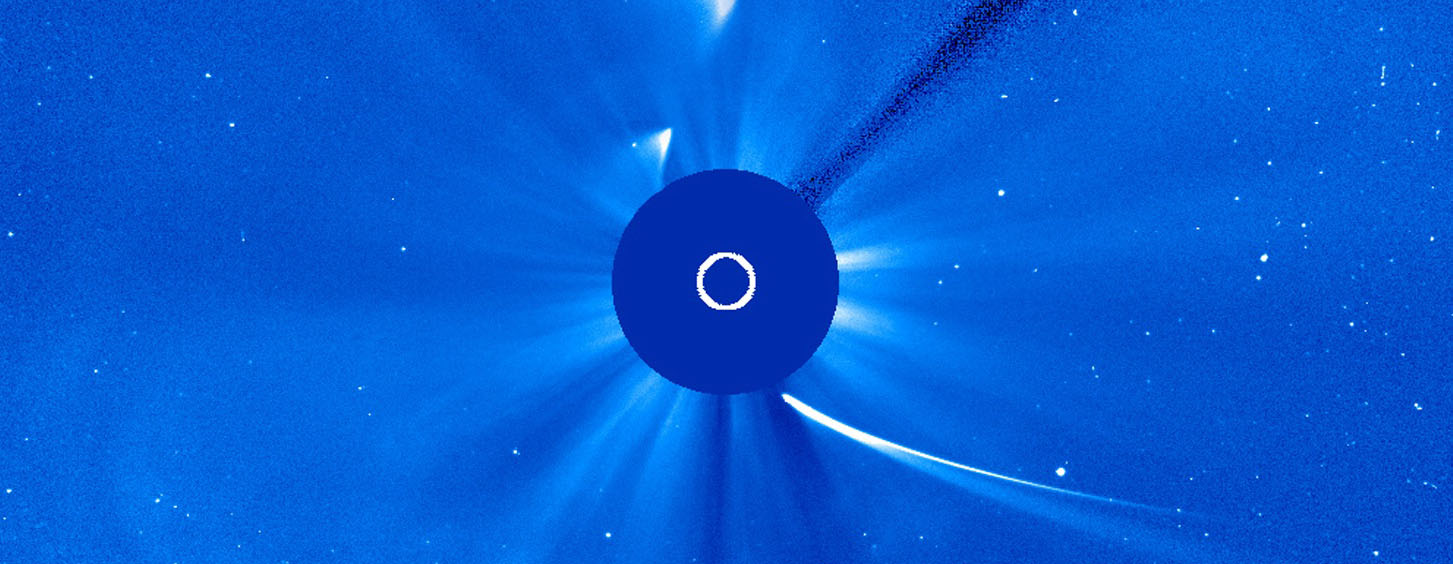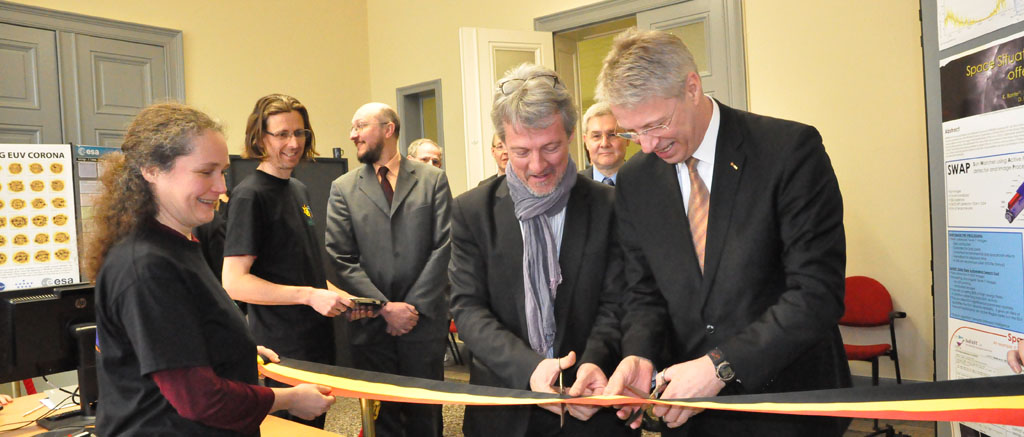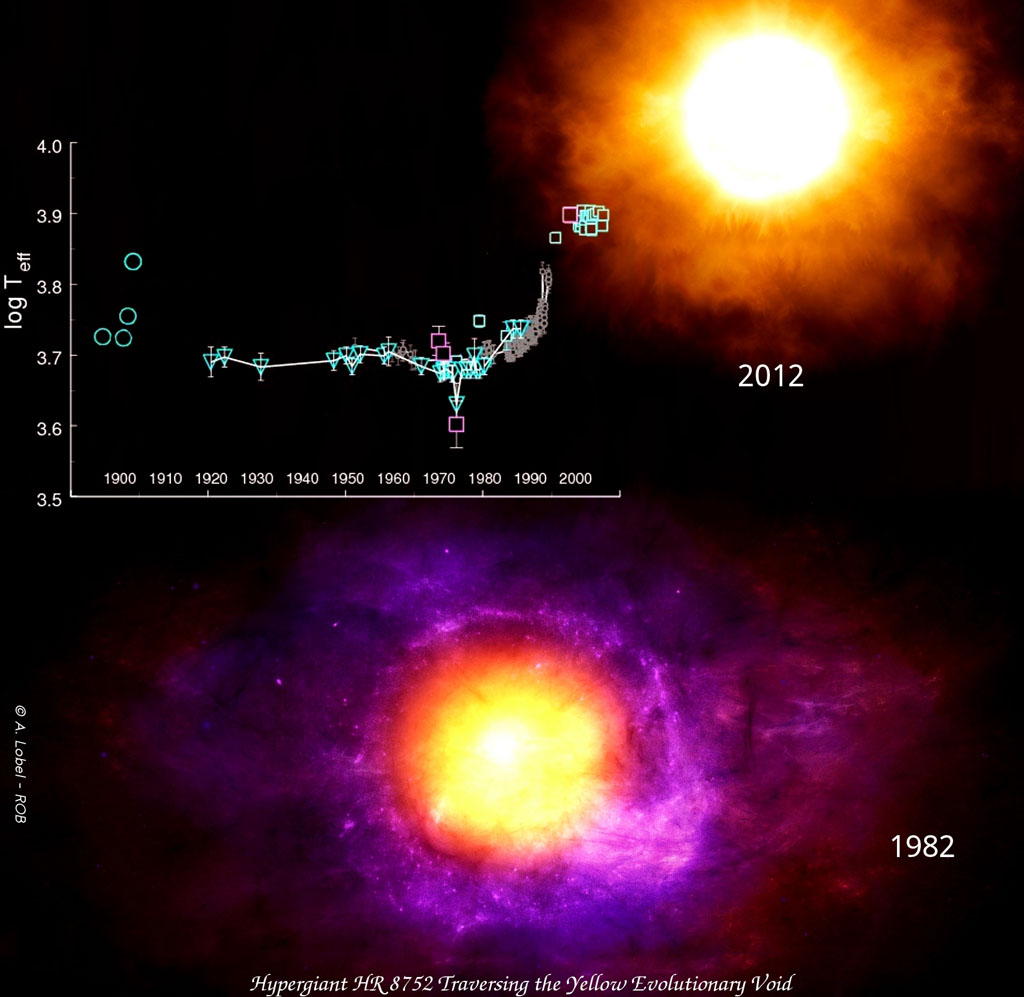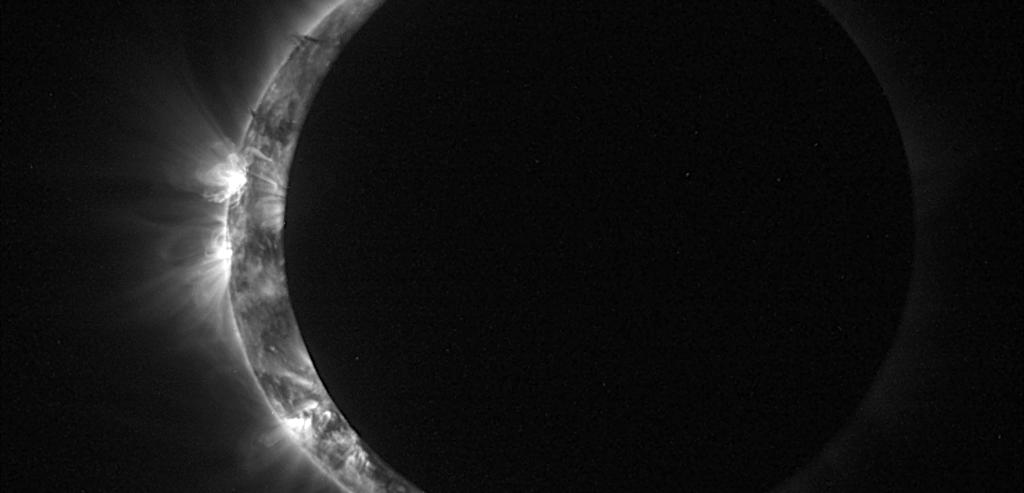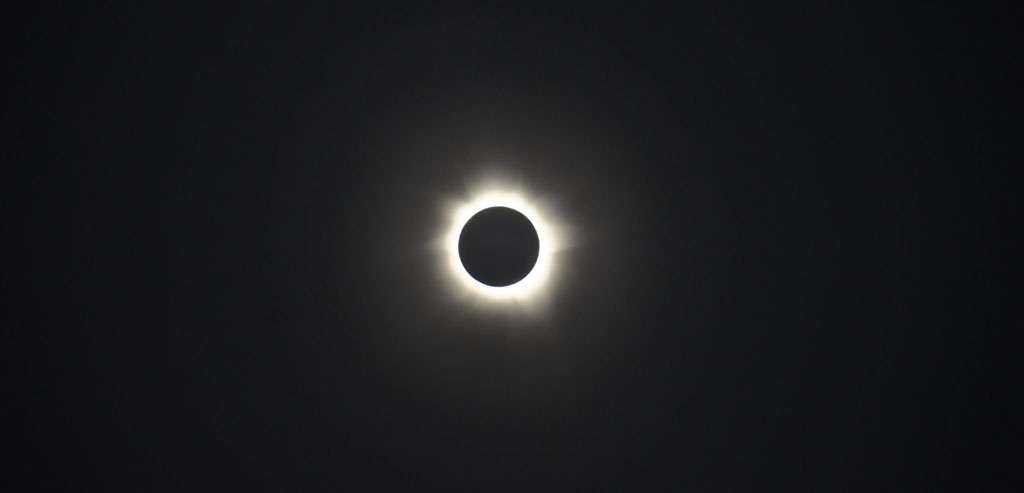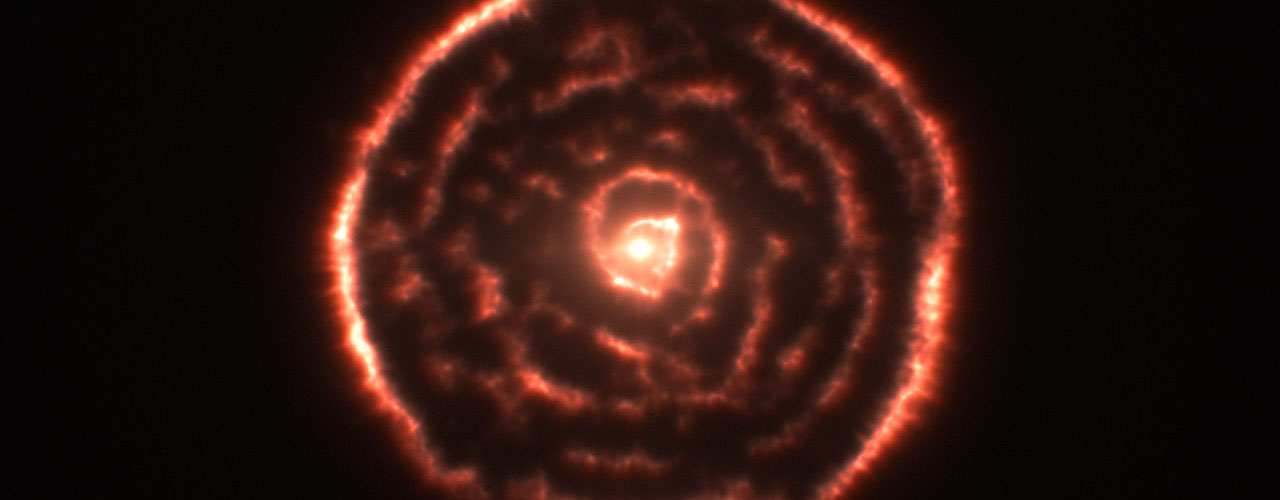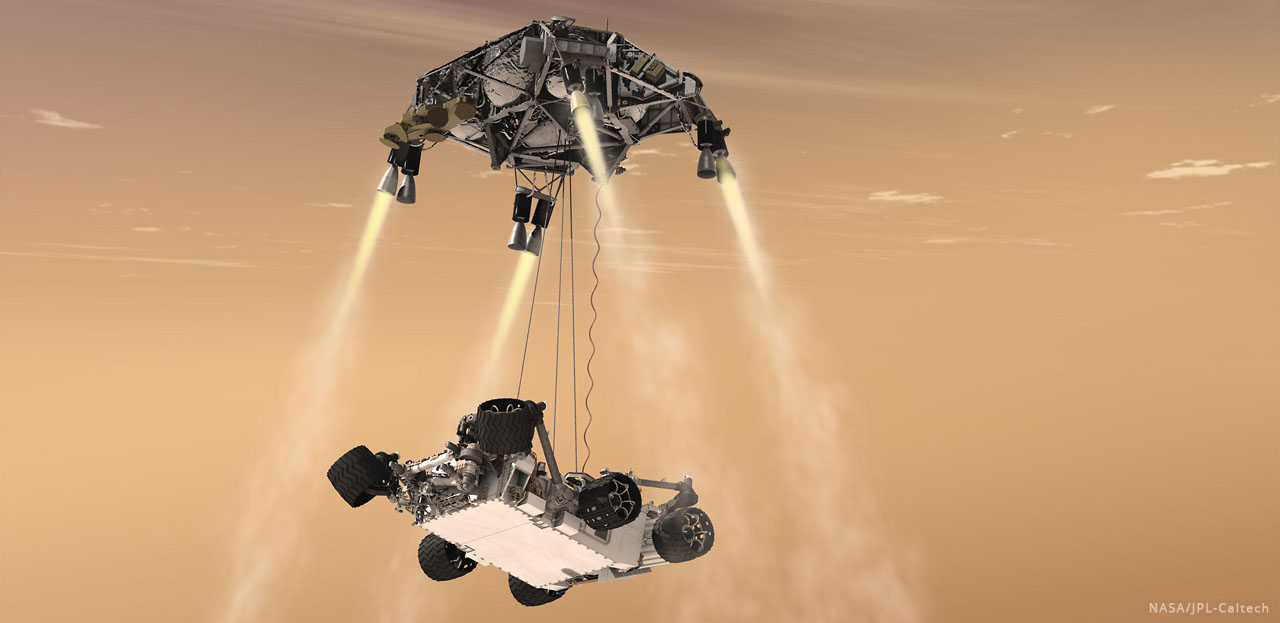Comet C/2012 ISON
If comet C/2012 S1 (ISON) survives its close pass to the Sun after November 28, it could become a very bright object in the morning skies in the beginning of december.
ISON is named for the Russia-based International Scientific Optical Network, in which the comet’s discoverers, Artyom Novichonok and Vitali Nevski, were participating when they observed the comet for the first [...]

